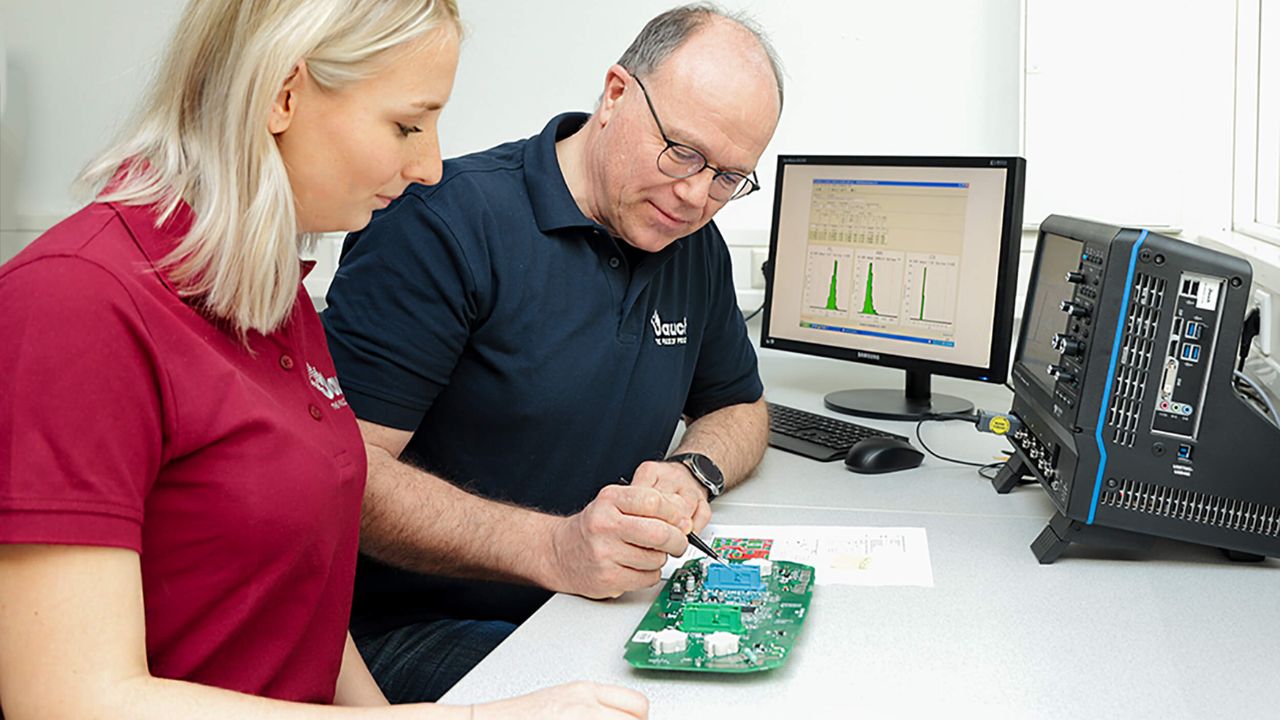Smartphones are complex machines that are full of numerous components that work together to provide smooth communication, processing speed, and connectivity. From these constituents, Quartz Crystals Electronics can be tiny and are usually neglected, but they are essential to the functioning and dependability of each smartphone. Their main function as frequency regulators and timekeepers is what makes them essential in mobile technology.
Heart of Timing and Synchronization
In the very heart of every smartphone lies a need for the accuracy of time. Quartz crystals are found in oscillators that produce a stable frequency that acts as a clock to control the operations of the device. This clock guarantees that the processor executes the instructions in proper order, data is transferred perfectly between the components, and apps work without delay or mistake. Without such timing precision, the smartphones would have glitches, crashes, or failures in communication.
Supporting High-Speed Data Processing
With the growing power of smartphones, data processing speeds keep on increasing. High-speed digital circuits need to be absolutely synchronized in order to prevent data loss and guarantee a smooth operation. Quartz crystals produce the clock signals that control these operations. In memory systems, display refresh cycles, and multimedia playback, the consistency of quartz timing elements ensures a responsive and fluid experience to the user.
Power Efficiency and Stability
Battery life is one of the major factors when it comes to designing smartphones. Quartz crystals are not only efficient, but also very power-efficient. They use very little energy compared to other timing technologies, hence making them suitable for portable electronics. Moreover, they are temperature stable over a wide range, and this is significant for mobile devices that can be used under different environmental conditions. Their capacity to hold frequency accuracy over time assists smartphones in saving power to deliver a consistent performance.
Future of Quartz in Mobile Devices
Although new technologies such as MEMS oscillators are coming into the market, the quartz crystals are still the preferred solution for many smartphone manufacturers. Their reliability, cost-effectiveness, and superior frequency stability have been proven, which makes them a reliable option of their kind in an industry that requires innovation and performance. The more features smartphones have, from high-end cameras to augmented reality and AI processing, the higher the need for exact and stable timing will be. Quartz crystals are predicted to be at the centre of these developments, humbly making sure every tap, swipe, and stream comes off as expected.
Enabling Wireless Communication
The most significant function of quartz crystals in smartphones is the provision of wireless communication. Mobile devices use many radio frequency (RF) systems. All these technologies are based on the use of certain frequency bands, which require highly stable oscillators to ensure the communication is proper. The RF modules require stable reference frequencies for reliable transmission and reception of signals, which are provided by the Quartz crystals. This guarantees good connectivity and precise location tracking, both of which are critical to the user experience.
Conclusion
Despite the fact that quartz crystals can be some of the smallest elements in a smartphone, they have a great effect. They are the unseen force that keeps the entire system running in perfect harmony, processing tasks and data transmission, wireless connection, and power management. With the development of mobile technology, the need for accuracy, speed, and reliability can only increase. Quartz crystals, which are unparalleled in terms of stability and efficiency, will remain crucial in defining the smartphones of today and tomorrow. Their existence might not be noticed by most users, but without them, the modern smartphone experience would just not be possible.


